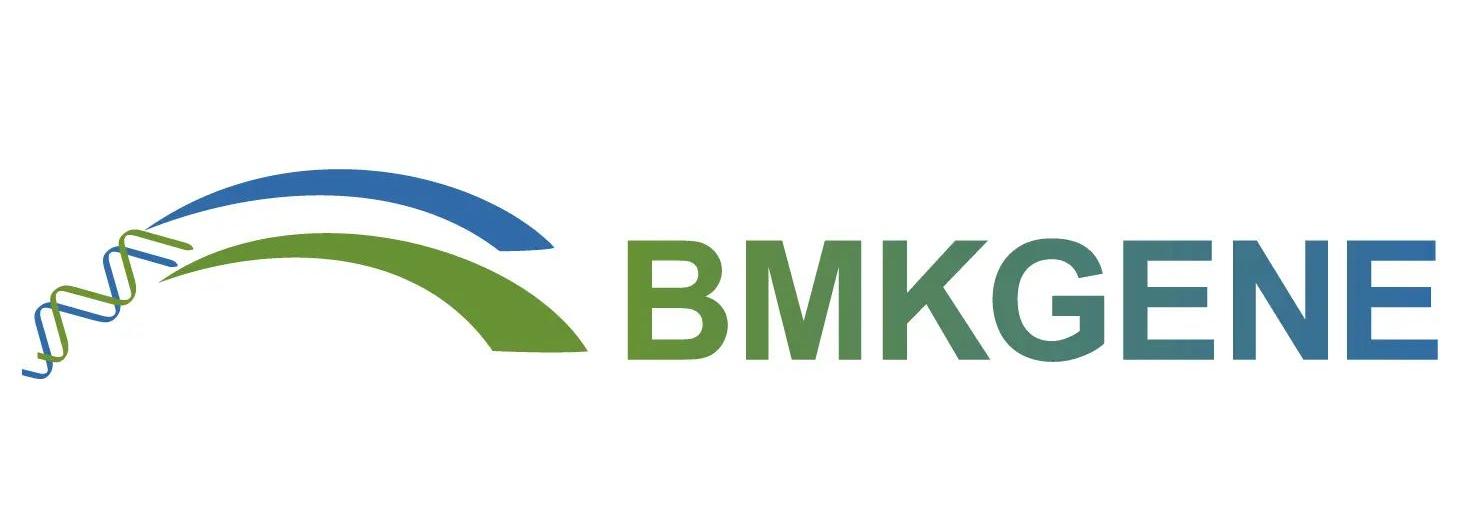 The rapid advancement of sequencing technology has led to the emergence of various omics fields, from DNA and RNA to trending metabolomics, each offering unique research systems. These omics are interconnected like a river: genomics at the upstream defines fundamental properties, while downstream factors like epigenetics, transcription, translation, and environmental influences shape phenotypes. Sometimes single-omics data fail to fully elucidate complex physiological mechanisms. Integrative multi-omics analysis can uncover potential regulatory networks within organisms, providing stronger evidence for biological processes.
The rapid advancement of sequencing technology has led to the emergence of various omics fields, from DNA and RNA to trending metabolomics, each offering unique research systems. These omics are interconnected like a river: genomics at the upstream defines fundamental properties, while downstream factors like epigenetics, transcription, translation, and environmental influences shape phenotypes. Sometimes single-omics data fail to fully elucidate complex physiological mechanisms. Integrative multi-omics analysis can uncover potential regulatory networks within organisms, providing stronger evidence for biological processes.
In March 2024, our client published a significant research achievement in the international academic journal Horticulture Research, titled: “Chromosome-scale genome, together with transcriptome and metabolome, provides insights into the evolution and anthocyanin biosynthesis of Rubus rosaefolius Sm. (Rosaceae).” This study utilized genomics, transcriptomics, and metabolomics to elucidate the evolutionary mechanisms and anthocyanin synthesis in the Rosaceae family.
BMKGENE provided comprehensive services for genome, transcriptome, and wide-target metabolome detection and analysis for this research.
If you would like to learn more about this study, access this link. For more information on our sequencing and bioinformatics services, you can talk to us here.
Post time: Oct-09-2024

